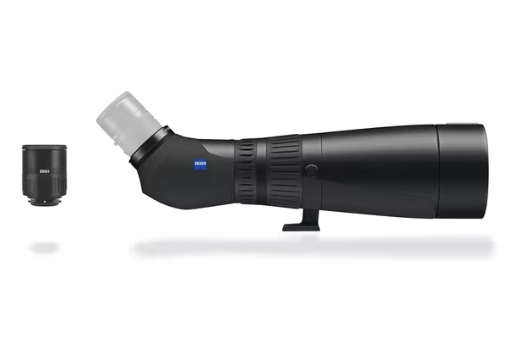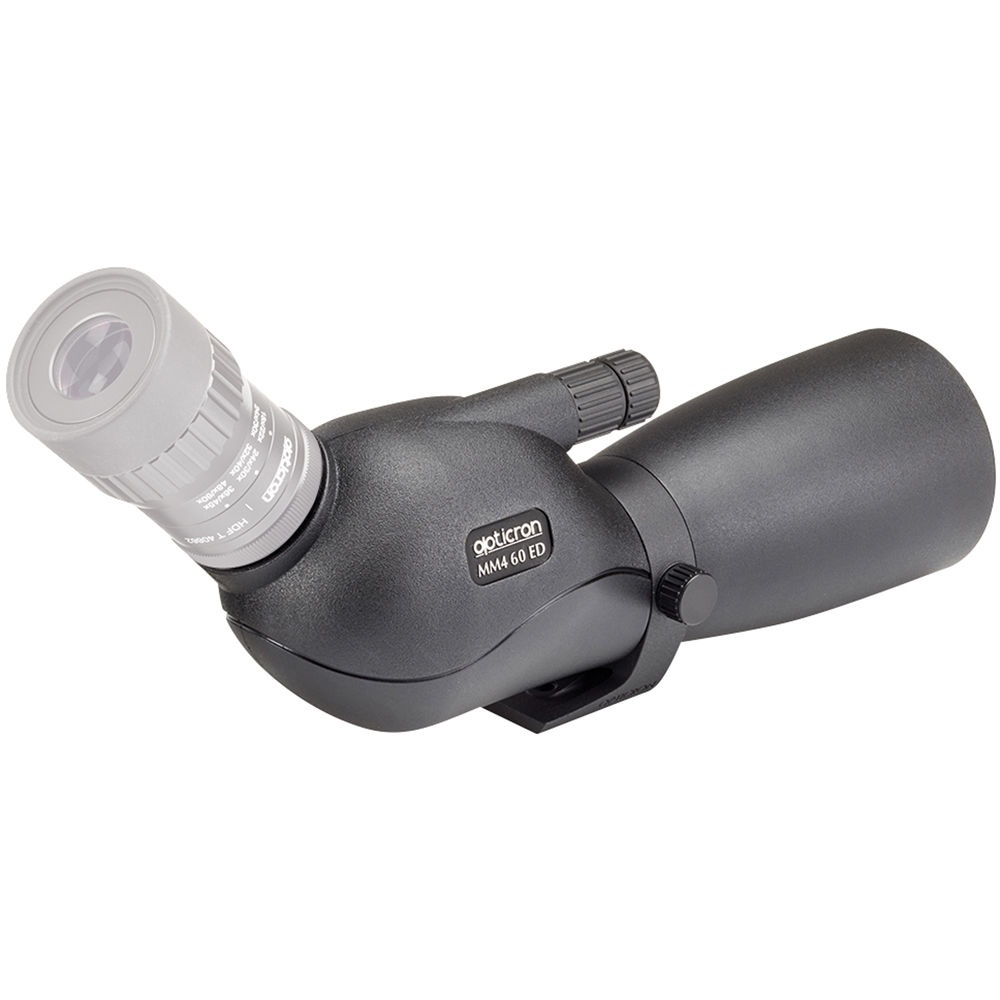Spottingscopes
High end (April 2023)
If you use a scope extensilvely then save up for a high quality scope with a diameter of about 80-100mm to get lots of light to a 20-60x Zoom eyepiece. The costly high end versions (indicated by APO, ED, FL, or HD) are first appreciated when using the scopes in difficult, or low light situations, coupled with zoom oculars, or when digiscoping. But they are worth the extra money since the most common setup today is with a highpowered zoom ocular, and they will last for decades.
I have recently been blown away by the ZEISS Victory Harpia 95 with a workable zoom up to 70x!
Swarovski is arguably the most common high end scope thanks to its service & support organisation. I really liked the Swarovski binocular eyepiece BTX, but it is very bulky to carry along. The ATX/STX is more practical and ATS/STS more affordable (though still a premium price).
If you want to go with a cheaper scope like Opticron or Kamakura then be sure to carefully compare with the other scopes in low light (e.g., evening comparison) to see what you can settle for.
Budget & Travelscopes
You can get very good scopes for under 1000 USD. I really like the Opticron MM4 with 60 mm diameter lens and a zoom eyepiece that can magnify up to x45 which in most cases are enough. Its small size makes it the perfect travelscope at 1039 g.
Swarovski ATC/STC are the new high end travelscopes from Swarovski. They have a 56 mm diameter lens and a zoom eyepiece that can magnify up to x40, weighing in at only 970 g. But be prepared to pay 2000 USD for these gems!
Olivon T650 16-48×65 Spotting Scope is true budget scope at under 300 USD. So you can find decent scopes for less.
Digiscoping
If you want a documentation picture or get a nice picture for sharing on the web then it cannot get more affordable and easier than with your mobile phone camera and an adapter to your spottingscope. Swarovski and other large brands now manufacture their own phone adapters for older iPhones, but there are third party adapters and many innovative do-it-yourself versions to fit also other phones.
Angled vs. Straight
There is really not much difference between the two versions. I prefer the angled version and find it just as easy to find the birds as with a straight scope. It is also great if you are sharing a scope and don't want to adjust the tripod height all the time.
In raptor migration a straight scope could be to your disadvantage as the birds can travel quite high, and you need to bend your neck awkwardly to keep them in view. Another drawback with straight scopes is the fact that you need a taller tripod which induce a less stable image if that is accomplished by raising the center column. With little ptractise there will be no difference in how fast you find a bird and though the straight scope can be more popular in some countries I find the angled scope to be the most advantageous. RSPB: Straight or angled 'scope?

